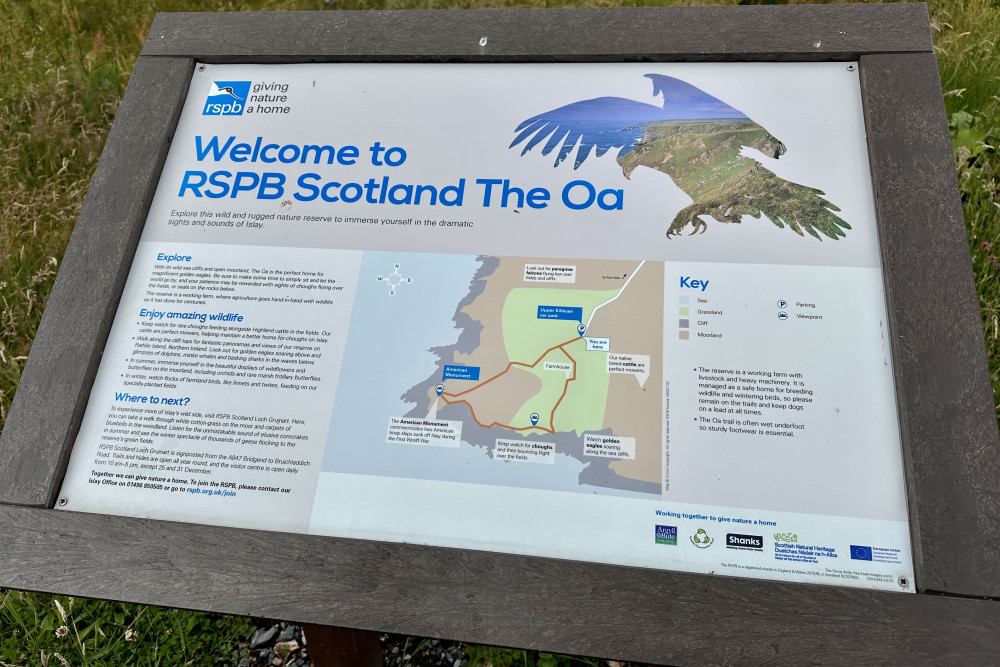Meet wildlife photographer David Dinsley
Bird man
A short drive south of The Machrie is the wild and beautiful Mull of Oa (pronounced ‘O’). There you’ll find freshwater lochs, rugged sea cliffs, peatland and moorland, alongside and a RSPB nature reserve covering over 2,000 hectares. Who better to introduce us to its extraordinary wildlife than its resident warden and photographer, David Dinsley?
From the enduring glory of the golden eagle to creating vast winter ‘bird tables’; using cattle GPS collars to boost the native chough and corncrake populations to favourite spots on his days off, David lets us in on island life as a conservationist in the Inner Hebrides…
All photos by David Dinsley
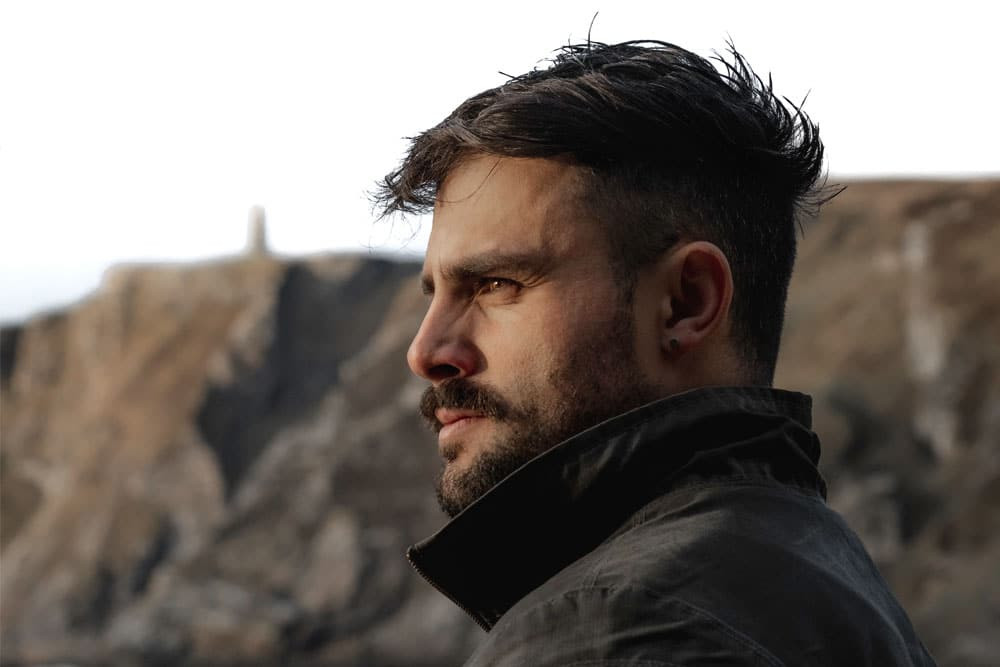
I’m originally from north-east England and moved out here about three years ago. Before that, I was working in a suburban nature reserve before which was great for its mix of habitats. But I wanted a wilder landscape, and figured Scotland was the place to go. I saw this job advertised and it was like a dream – the amazing list of species that was here on Islay, along with the farming element drew me in. I wanted that additional experience of nature-friendly farming and using livestock to benefit other species on the reserve.
I have fond memories of growing up birdwatching with my grandad in our local woods. We had a caravan in Berwick, and used to go down the river Tweed and spot wading birds. The interest waned a bit as a teenager, but those core family memories and passion for birdlife are ingrained. As I got older, I decided to pursue that passion as a career. I’ve now worked in nature conservation for almost ten years.
What makes Islay so spectacular is its mixture of landscapes. We also have lots of really exciting wildlife out here: land-based like deer and the wild goats, which people find quite charming; sea life like seals, whales and dolphins; and, of course, all the birds. We’ve got two species of eagle here, hen harrier, peregrine, chough, twite… There’s a good snapshot of the wildlife found throughout Scotland, but all on one island.
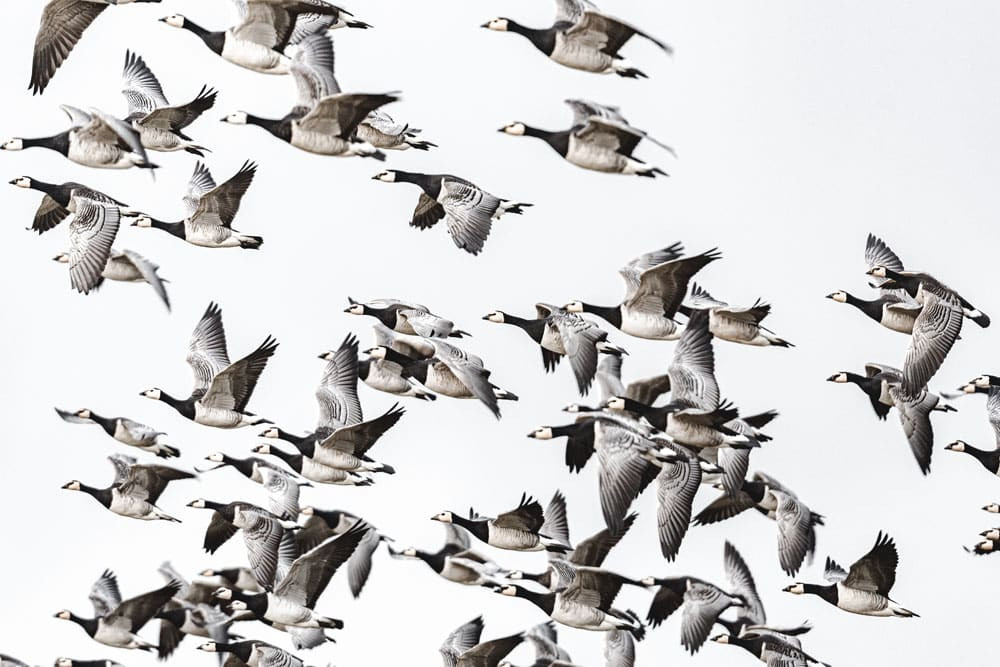
In August, visitors could see minke whales – especially from the ferry coming to and from the island. There’ll be lots of dragonflies and butterflies around, as well as hen harriers and golden eagles. The chough will have had their chicks and will be teaching them how to forage and feed. If you’re very lucky you might see basking sharks off the coast from the high cliffs, though you’re more likely to see a bottlenose dolphin or a harbour porpoise.
The Oa is well worth visiting; it has lots of history, geological interest, and really atmospheric and dramatic sea cliffs and vistas. The wildlife includes a lot of quite rare bird species – and some rare invertebrates as well. The weather doesn’t always behave, but when it delivers it feels like being abroad – the sea goes a lovely turquoise blue. But even when the weather is bad, it adds an eerie, moorland quality, especially if you’ve got curlew calling in the background.
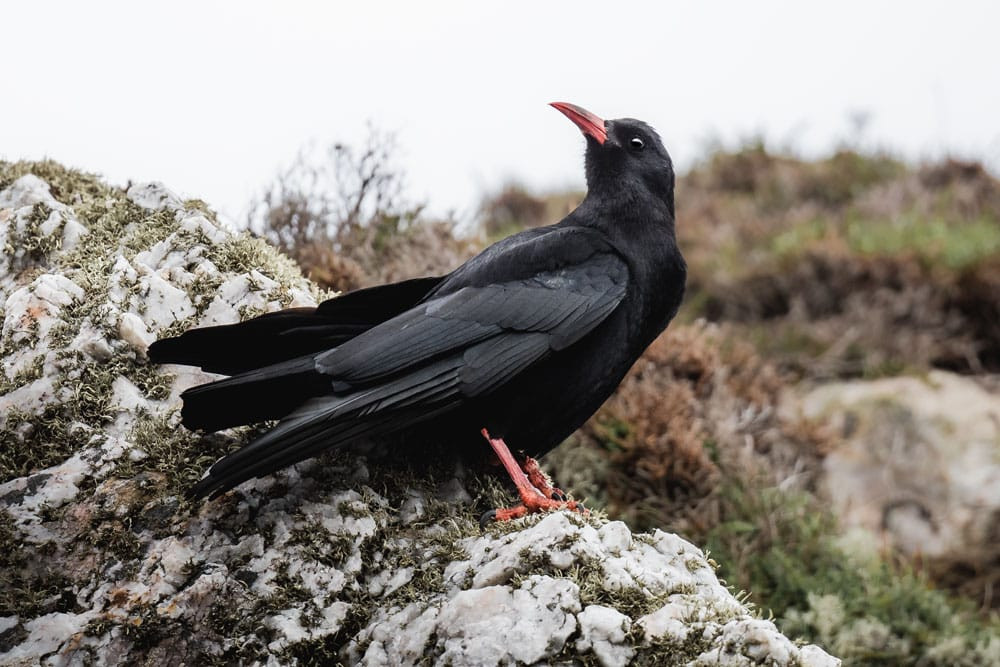
“In August, visitors could see minke whales – especially from the ferry coming to and from the island.”
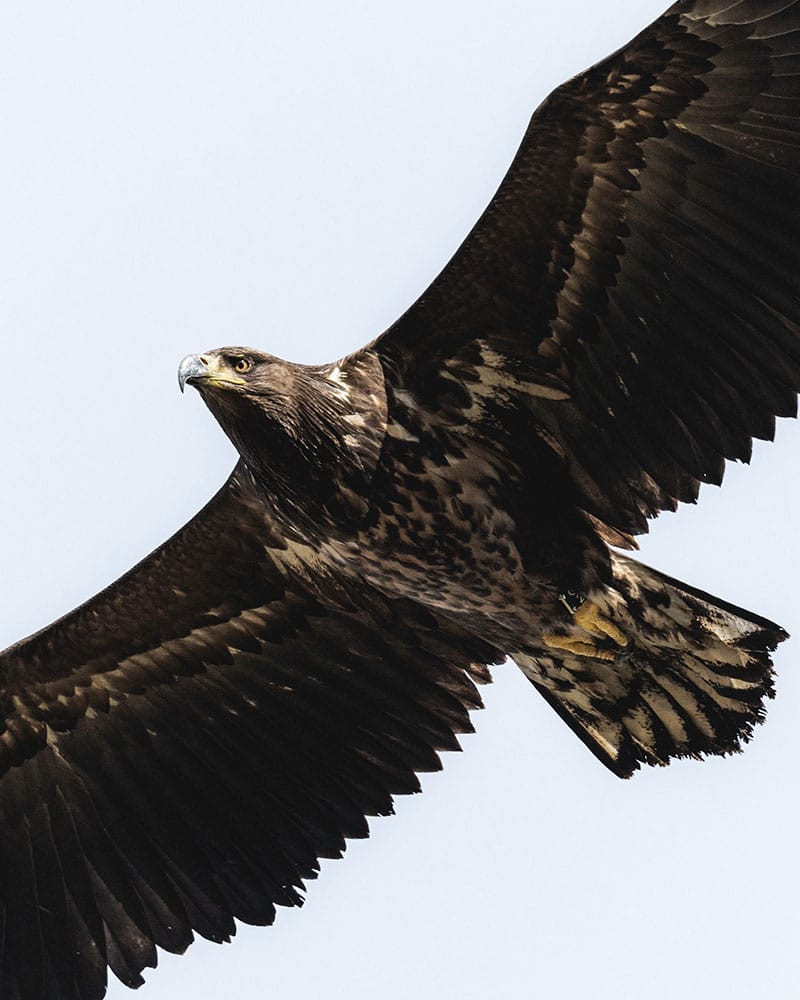
When I started getting back into birdwatching around 2012, I was just using my phone’s camera pointed down the lens of a telescope. Then when I did my first foray into conservation work, I started getting more into photography. Now I use big telephoto lenses most of the time. A lot of the photos I take are on the fly – I tend to just shoot as I’m on a survey and out and about.
Exciting birds to capture on camera are the red throated divers, the corncrakes, and the golden eagle of course. It’s easy to forget the golden eagle because I live on the reserve so I see them a lot, but they really are special birds.
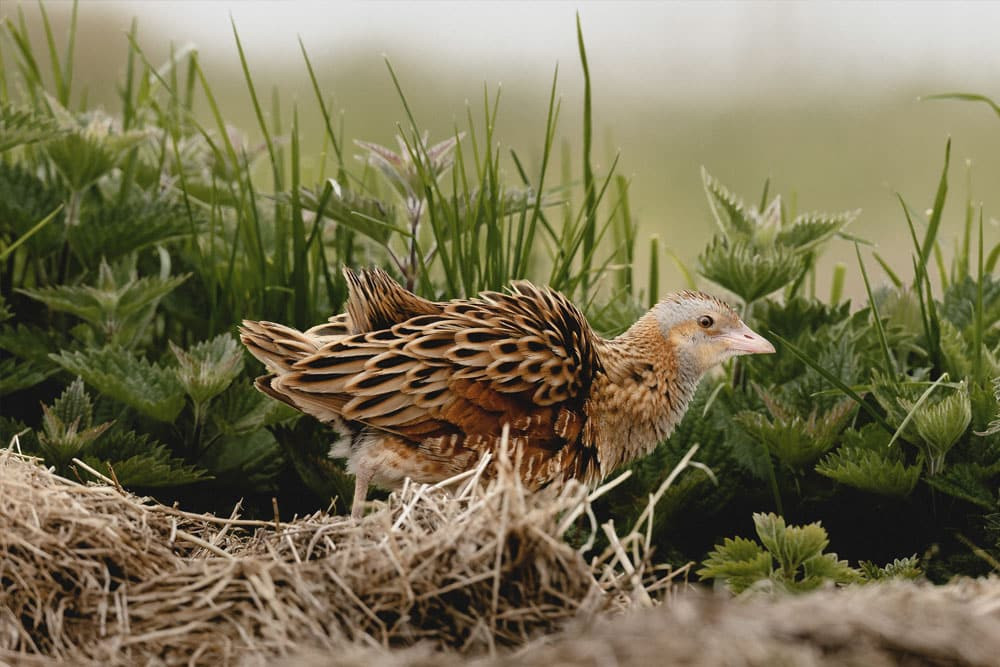
My role as RSPB warden involves leading on wildlife population monitoring and habitat management. We don’t have corncrakes every year but we’re trying to improve the amount of habitat we have, so a big part of my job is creating nettle and yellow flag Iris beds for them. Also improving site infrastructure, like maintaining fences and footpaths. I help out as much as I can with the farming operation too.
We’re one of only a few RSPB reserves to have our own working farm. All the decisions that are made on the farm come from the RSPB team. So we can make best use of the cattle on the ground, and decide where to put them to nurture wildlife habitats.
With our no-fence GPS collars, we can graze the cattle across a big area, but keep them out of an area that’s full of marsh fritillary caterpillars, for example. If a large area was just fenced off, the cattle would go and graze wherever they wanted. But with GPS collars, you can keep them out of areas with species you want to protect. You can also steer the cows to graze the grassland short and to leave dung that contains grubs and encourages dung beetles, which create the ideal conditions for Chough to feed, who need the shorter grass sward.

We now have over 30 of these collars, thanks to a generous donation from The Machrie. So pretty much all of the Highland herd can be collared up. It’s all accessed via an app, in the palm of your hand.
The only crop we grow is bird crop, like fodder radish and mustard – with three plots spread across the reserve. They become huge ‘bird tables’ in the winter for the farmland birds, so we just let them flower and then go to seed. On Islay, we have probably the biggest twite flock in the UK; a rare declining finch and red-listed species, which we want to support with an autumn and winter food source. It also benefits other birds like linnets and goldfinches.
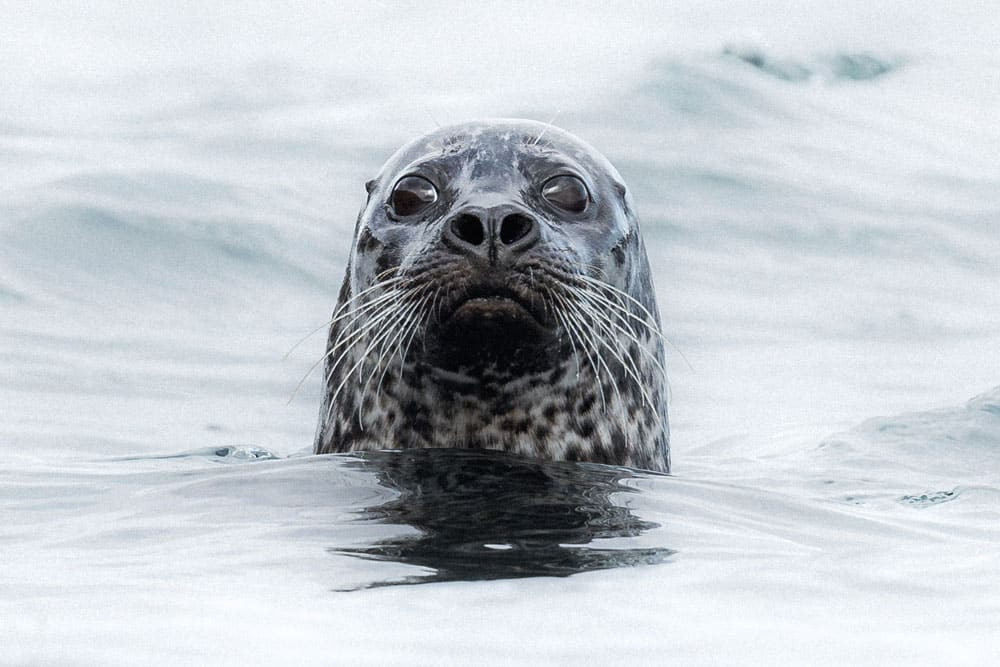
My favourite spots on Islay? I like Ardnave Point, one of the most northern points of the island on the west side. There are lots of seabirds, and otters which you could see in August. Also Portnahaven – a quaint little coastal town where you can find grey seals. And Carraig Fhada lighthouse at Kilnaughton, close to The Machrie.
On my days off… we now have a boat, so going out on that is good fun. Exploring, camping – just spending time outside and enjoying it. You never know how long you’re going to be here for, so I just want to embrace the island and discover what it’s got to offer. I also enjoy wildlife photography and exploring the island with my drone, follow my adventures on Instagram.
